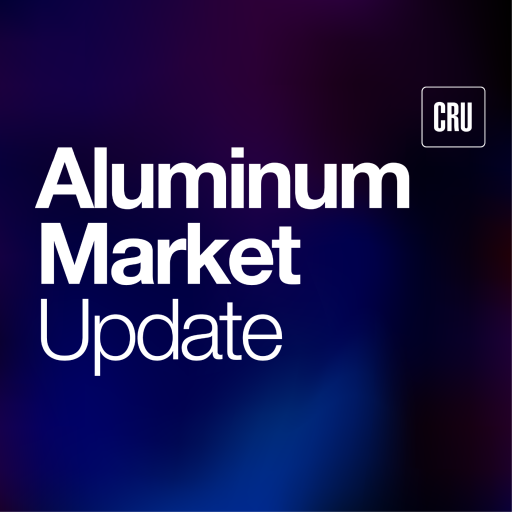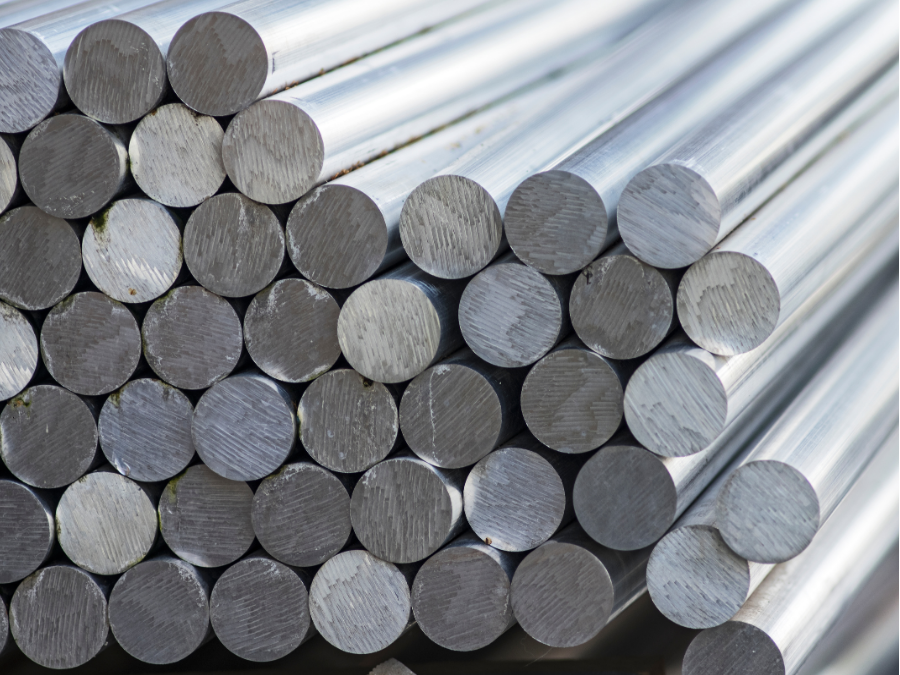Global Trade

November 17, 2025
AMU 101: Buying physical metal on The London Metal Exchange
Written by Greg Wittbecker
The metals industry can be confusing for a newcomer, filled with technical terms and practices that are not intuitive. The aim of this regular series, called AMU 101, is to explain these terms and practices in plain language.
You may have read in the metals press about traders “canceling” metal on the London Metal Exchange and shipping it out. Here’s a guide to understand that process.
The London Metal Exchange’s role in physical aluminum market dynamics
The London Metal Exchange (LME) is the primary commodity futures exchange for price discovery in global aluminum. The LME began trading primary aluminum in 1978 and the lightweight metal has grown to be the largest traded product on the exchange.
The aluminum contract functions largely as a financial tool by helping buyers and sellers to hedge their price exposure through future, financially settled trades, hence the name “futures.” The vast majority of transactions are “paper,” never touching physical delivery.
It is important to note the LME contract has physical delivery optionality. You will often hear the LME referred to as the “market of last resort” where buyers or sellers can purchase or sell aluminum when conventional physical markets provide inadequate liquidity.
To accommodate this physical functionality, the LME has registered warehouses run by independent companies around the world. There 450 LME-approved warehouses in 34 locations across the US, Europe, and Asia. A complete list of those warehouses is available at the LME’s website.
These warehouses provide sellers with the ability to sell LME contracts and deliver physical metal against their obligations at any of the locations approved for the respective metals. On the flip side, these warehouses provide buyers with the ability to buy LME contracts and take delivery at locations worldwide, but at the discretion of the LME clearinghouse. This is an important difference between buying and selling.
Buying physical metal on the LME
Physical buyers turn to the LME as the market of last resort when they have exhausted alternative channels to secure physical metal. This happens when aluminum production has been curtailed somewhere in the world or demand has accelerated to a point where production cannot keep up while inventories held by producers and traders are depleted. This is when buyers consider the option of buying LME and taking delivery.
The process starts by purchasing LME cash contracts which provide for delivery within two business days.
As previously noted, purchasing LME cash contracts does not guarantee delivery in a given location or a given brand. This can be problematic for a buyer in the US who buys LME cash and the LME clearinghouse gives them the metal in Malaysia. That does not satisfy the need of the buyer and introduces huge logistical complexity. This is where the independent physical traders come into play.
The physical trader: Bridging the LME and end consumers
Physical metal traders manage the complicated process of buying metal in far-flung parts of the world and delivering it to where it is needed. They function much like a distributor handling groceries to your local supermarket. Traders cope with the details so the buyers don’t have to, and they get paid well to do it.
So how does the trader deal with the issue of LME cash metal being delivered at one of those 34 global locations when it is needed in the Midwest?
Let’s walk you through the process step by step, using METCO as our hypothetical trading company that’s buying 1,000 tons of LME cash:
- METCO buys 1,000 LME cash contracts for delivery (or “prompt date” in LME jargon) Nov. 17.
- Notice of Delivery from the Clearinghouse Nov. 17. The LME clearinghouse system is called LMEsword. It operates by matching off buyers and sellers in the cash contract by the date on which they transacted. In other words, the oldest buyer of LME cash gets their delivery first, taking it from the oldest seller. This process takes two days to settle. In our example, we are buying LME cash for delivery on Nov. 17 and notice of delivery plus demand for payment will be made on Nov. 19.
- METCO pays for metal Nov. 19. On the settlement date, METCO pays for the metal and receives 40 LME Warrants of 25 metric tons each, which is the standard contract size on the primary aluminum contract. Warrants are like a bearer bond — whoever holds them has rights to the physical metal which is guaranteed by the LME to be in the physical warehouse stated on the warrant. It will also stipulate the brand and there will be packing lists showing chemistry. At this point, the warrants are said to be “on warrant,” still officially reported in LME stocks.
- Rent begins to accrue on the warrants Nov. 19. As soon as METCO takes possession of the 1000 tons, the warehouse holds the physical metal and starts to charge daily rent. In this example, we will assume that LMEsword has tendered the 1,000 tons to METCO in Port Klang, Malaysia. (This is a predictable delivery location, because about 65% of the LME primary aluminum stocks are held in this location.)
- Nov. 20. METCO tenders notice to the warehouse of their intention to ship the warrants out. This is the process of “canceling warrants.” This notice compels the warehouse to tell LMEsword the metal is no longer on warrant, but is canceled and subject to load out, depending on the backlog of other metal waiting to load out. LMEsword shifts the 1,000 tons from “on warrant” to a “canceled” category, which alerts the market that this is poised to leave the warehouse.
- Nov. 21. METCO presents its trucks and the warehouse loads out the metal. At this point, the warehouse advises LMEsword the canceled warrants have been shipped and 1,000 tons is removed from official reporting in the LME stock reports.
- Nov. 22-Nov. 30. METCO charters either containers or a large bulk carrier ocean-going vessel to move the metal to the Midwest. METCO is now carrying the burden of financing the metal and paying the freight costs, plus cargo insurance on the metal until title changes hands when the metal reaches the US.
- Jan. 20, arrival in New Orleans. If METCO has used a container line to ship the metal, it will take about 50 days to reach New Orleans as port of entry to the US. If the company charters a larger bulk carrier, the transit time may be reduced to 35-40 days.
- Jan. 21-22. Metal is discharged from container or vessel and loaded to trucks in New Orleans. Title will change hands from METCO to the end consumer. METCO will have coordinated booking flat bed trucks to ship all the metal from the port as soon as it can be discharged, as it will not want to incur any more storage charges in the port than necessary. Unless special financing terms have been arranged, METCO will invoice the ultimate consumer for the metal and the transaction closes.
Why this matters
The process of buying LME cash, taking delivery, and shipping it to foreign destinations is complex. It requires an intimate knowledge of the warehouses where one might be tendered the metal, the freight costs to get it out, and the logistical costs of moving it to the destination. These costs are all rolled up into the physical premium that will be quoted to an end consumer — be it delivered Midwest or at a port of entry.
The complexity of this process, coupled with the working capital required to finance this movement typically deters most end consumers from buying LME cash. Over time, it has been rare for end consumers to directly purchase LME cash and take delivery. Major producers have, however, executed this trade when they needed to supplement their internal production with LME metal. They have the expertise to rival that of METCO and the other major physical traders.
Stay tuned for other topics within AMU 101. We invite your feedback as to the value of this article and as always, feel free to reach out for any clarification about this or other trading topics.






